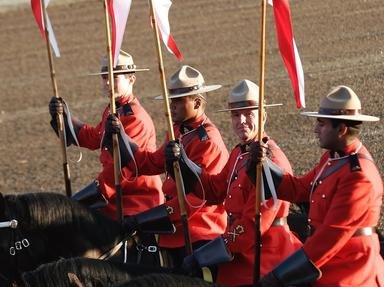Quiz Answer Key and Fun Facts
1. Every fur-trader knew what a tranche was. What was it?
2. What did the fur-traders mean when they referred to 'orignals'?
3. When the fur traders said that they had spent the day marching, they meant that they had travelled in this manner. Which?
4. Fur traders used the word 'crazy' to describe what?
5. What was 'lace', to a fur trader?
6. If a fur trader said he was 'knocked up', what did he mean?
7. In the fur trader's vocabulary, what or who was his 'country wife'?
8. Every fur trader knew what a factor was. Do you?
9. The fur traders called these 'kettles'.
10. What was 'milk' to a fur trader?
Source: Author
Cymruambyth
This quiz was reviewed by FunTrivia editor
bloomsby before going online.
Any errors found in FunTrivia content are routinely corrected through our feedback system.

